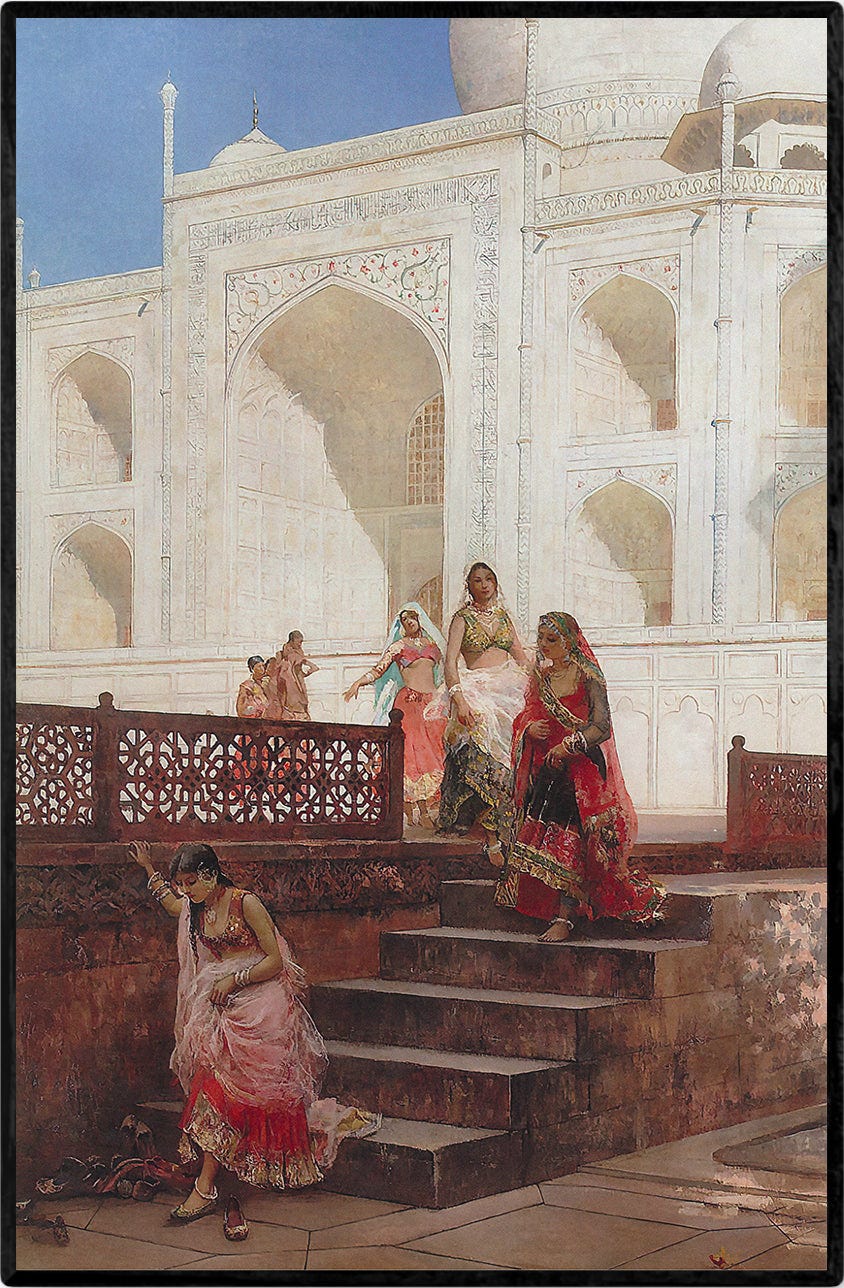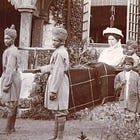Welcome to the Brown History Newsletter. If you’re enjoying this labour of love, please do consider becoming a paid subscriber. Your contribution would help pay the writers and illustrators and support this weekly publication. If you like to submit a writing piece, please send me a pitch by email at brownhistory1947@gmail.com.
Don’t forget to check out our SHOP and our Podcast.

Recommended Reads:
What is South Asia, really?
A region drawn, redrawn, and still becoming
The recent India–Pakistan escalation after the Pahalgam attack marked the most serious military crisis in the region in over half a century. The days that followed were fraught — with breaking news, maps of disputed terrain, and calls for justice echoing across borders and screens. Even U.S. President Trump, in his characteristic fashion, described Kashmir as a place that has been fought over for “a thousand years”, as if the conflict were timeless, the fault lines natural. But the histories of the region, and of its borders, tell a more complex and recent story — one that is no less painful, but far less eternal.
The borders of South Asia, as we know them today, are barely older than our grandparents. Not just the specific lines drawn during Partition, but the very idea of South Asia as a coherent regional identity is a relatively recent invention, one shaped by colonial cartographers, postcolonial anxieties, and institutional convenience.
During my postgraduate degree at the South Asian Studies Institute in Oxford, one of our first assignments was deceptively simple: What is South Asia? My instinctive answer — like many others in the class — was to list the members of the South Asian Association of Regional Cooperation (SAARC): India, Pakistan, Bangladesh, Nepal, Bhutan, Sri Lanka, the Maldives, and Afghanistan. But the more I delved into the history of the region, the more that certainty began to fray.







![r/dataisbeautiful - A shaded relief map of South Asia rendered from 3d data and satellite imagery [OC] r/dataisbeautiful - A shaded relief map of South Asia rendered from 3d data and satellite imagery [OC]](https://substackcdn.com/image/fetch/$s_!isIC!,w_1456,c_limit,f_auto,q_auto:good,fl_progressive:steep/https%3A%2F%2Fsubstack-post-media.s3.amazonaws.com%2Fpublic%2Fimages%2Fd1eaa007-d284-401f-b307-bfa88e6dca04_4416x3211.jpeg)